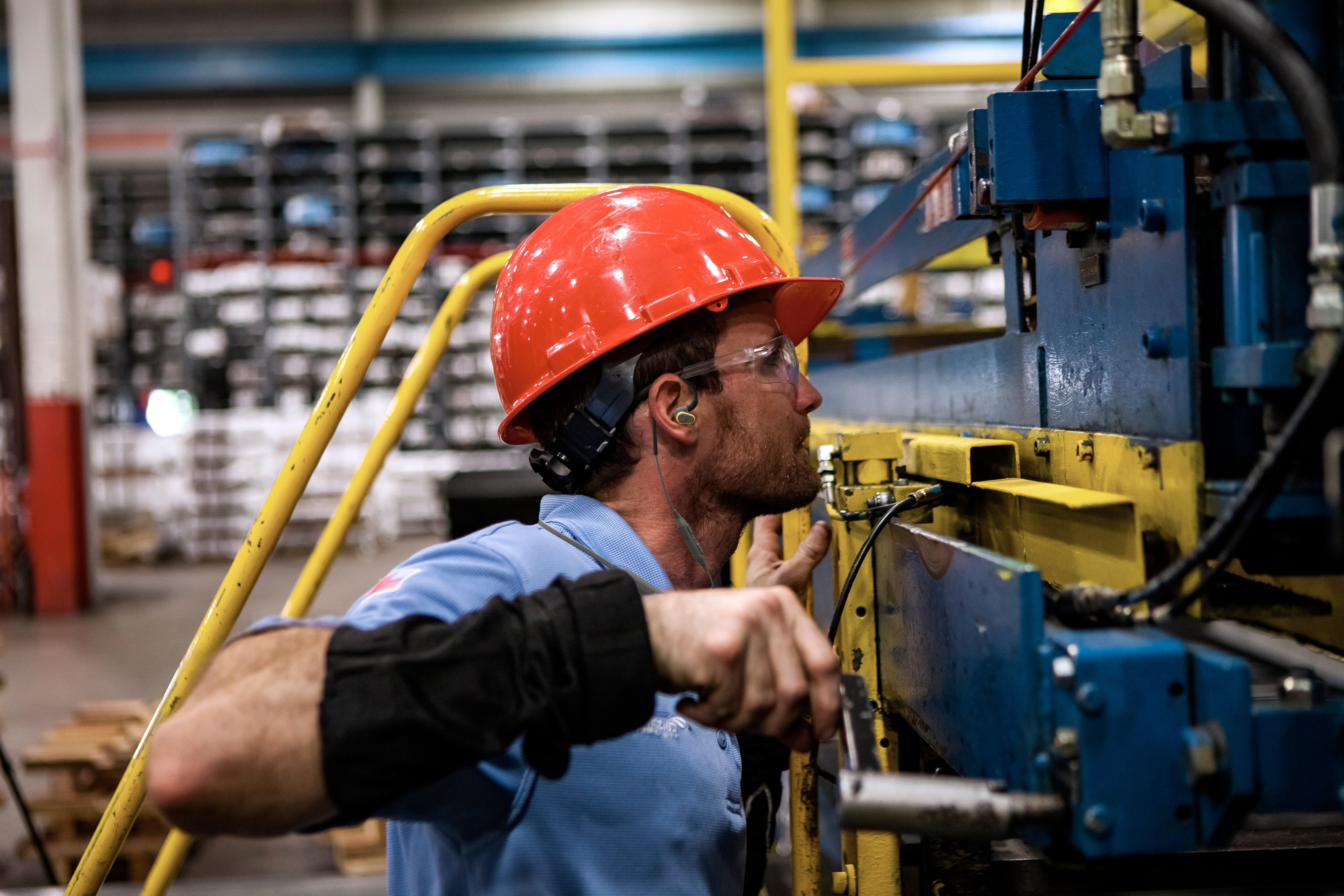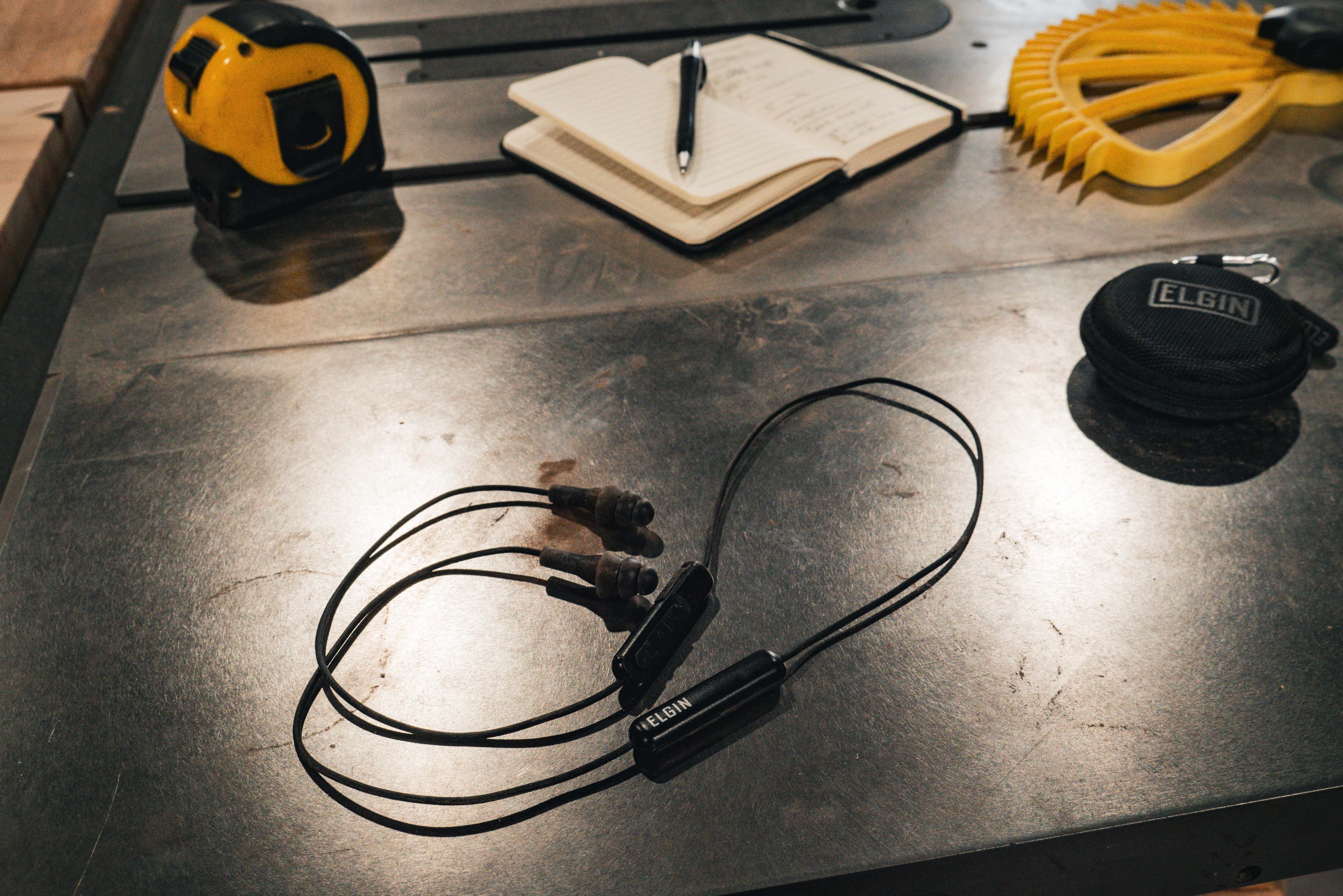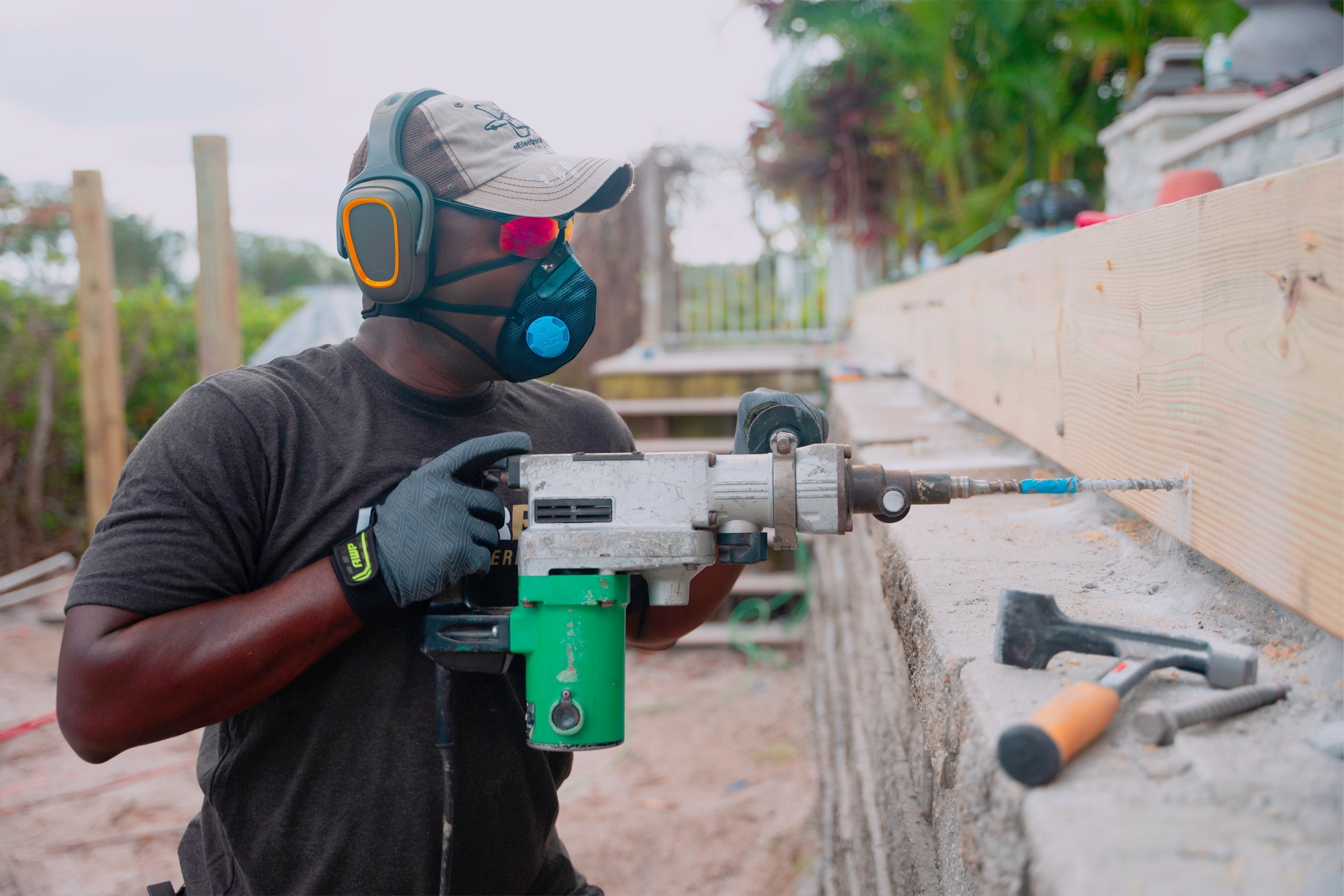How often do we view our bodies as one of the biggest investments we can make in life? It’s said that health is wealth, and we realize that’s true as soon as something starts to fail. Your back, your knee, your hearing- you’d sacrifice a lot of time and money just to make them work again like they did before. A huge part of making this investment work for you is preventative measures that keep your body healthy and strong in the first place rather than trying to play catch up or fix what’s broken.
Preventative measures are as simple as wearing hearing protection.
Maybe you’re already careful with how you take care of your hearing. Maybe you grab a pair of OSHA-compliant earbuds or hearing protection only when it’s easily available. Maybe you’ve had a run-in with a bad hearing test and want to do what you still can. Whatever the case, protecting your hearing is a critical step toward aging with confidence and enjoying the priceless sounds life has to offer. So, let’s dive deeper into why hearing protection is important, and what that can look like.
Noise-Induced Hearing Loss IS Preventable
Did you know that noise-induced hearing loss (NIHL) is still the most preventable cause of hearing loss in the United States? According to Ear and Hearing, the official journal of the American Auditory Society, research shows that this type of hearing loss is most often a result of unprotected exposures above 95 dBA. What does 95 dBA even sound like? Imagine an electrical drill and you’ve got it. Did you know most food blenders or processors operate at 80-90 dBA? And in the fall when you’re clearing your sidewalk of leaves, your leaf blower is exposing you to a noise level of 110 dBA, and 105 dBA while you’re clearing the snow with your snowblower. And we’ll give you an excuse to get rid of those loud squeeze toys that somehow find their way into your home and pierce ears with a noise level of 135 dBA. Often hearing loss can occur over several incidents of exposure, but even once can be damaging. This noise exposure level affects a lot of people from varying industries, including, but not limited to, construction workers, musicians, airport and transportation workers, and agricultural and manufacturing workers. Do you work in any of these industries? If so, you may be required to wear OSHA-compliant earbuds or hearing protection, but if not, choosing to wear hearing protection when the noise levels reach a higher dBA can only help you in the long run.
Significant Hearing Damage Shows Up Later On in Life
For those working in a loud noise exposure level environment, it may seem as though you’ve grown accustomed to the sounds around you, or that the noise doesn’t bother you. Often the reason is because NIHL gradually happens over time without anyone noticing. However, once you’ve hit middle age--according to the same research from Ear and Hearing, that’s when you start to notice the damage due to age-related threshold shifts along with noise-induced shifts in your hearing, which result in clinically significant hearing impairment. It’s one of those moments when hindsight is 20/20 and you realize you should’ve taken preventative measures, but the only way forward is to protect the hearing you have left. So, before you reach that point in your life, it’s important to ask yourself now what work and activities are you involved in that may create harmful noise exposure and what you’re doing to protect your ears.
Hearing Loss is Permanent
Is hearing loss fixable? Unfortunately, no. That’s kind of the long and short of it. According to Dr. Colin Driscoll, a Mayo Clinic head and neck surgeon, tiny hairs within your inner ear, which are essential to hearing, can be damaged when exposed to sustained loud noises or even sudden loud noises. These tiny hairs do not grow back, so once they’re damaged, that’s all you’ve got left. Fortunately, we live in a time of great scientific advancement and have tools such as hearing aids to help with hearing loss, but preventing hearing loss in the first place by using OSHA-compliant earbuds or hearing protection and ANSI-certified hearing protection can save a lot of time, money, and the health of one’s ears.
OSHA Compliant and ANSI-certified Earbuds
The safety standard minimums of hearing protection include OSHA-rated earplugs or earmuffs. OSHA or the Occupational Safety and Health Administration, is a federal government organization that monitors and regulates a variety of safety measures to ensure better working conditions for employees. This includes hearing protection standards that recommend decibel-reducing equipment depending on noise level and time spent working in those conditions. Requiring much stricter standards of safety compliance, ANSI or the American National Standards Institute offers standards that manufacturers can follow, but as they are not a government entity, the standards are not enforced. Finding earplugs or earmuff protection that are ANSI certified means the highest level of performance in safety and hearing protection because the manufacturer chooses to follow best standard protocols.
As you consider your workplace environment, activities, and other factors that may play a negative role in the health of your ears, remember that noise-induced hearing loss doesn’t have to happen to you. It may not show up until later, but there is a permanent cost to not protecting your ears. Taking preventative measures now will help keep your ears healthier and your hearing intact, something you will thank yourself for later! Finding the right pair of OSHA-compliant and ANSI-certified earbuds or earmuffs from Elgin USA means you’re getting the highest performance in hearing protection safety. Take care of your ears now for the health of your ears in the future.











Leave a comment (all fields required)